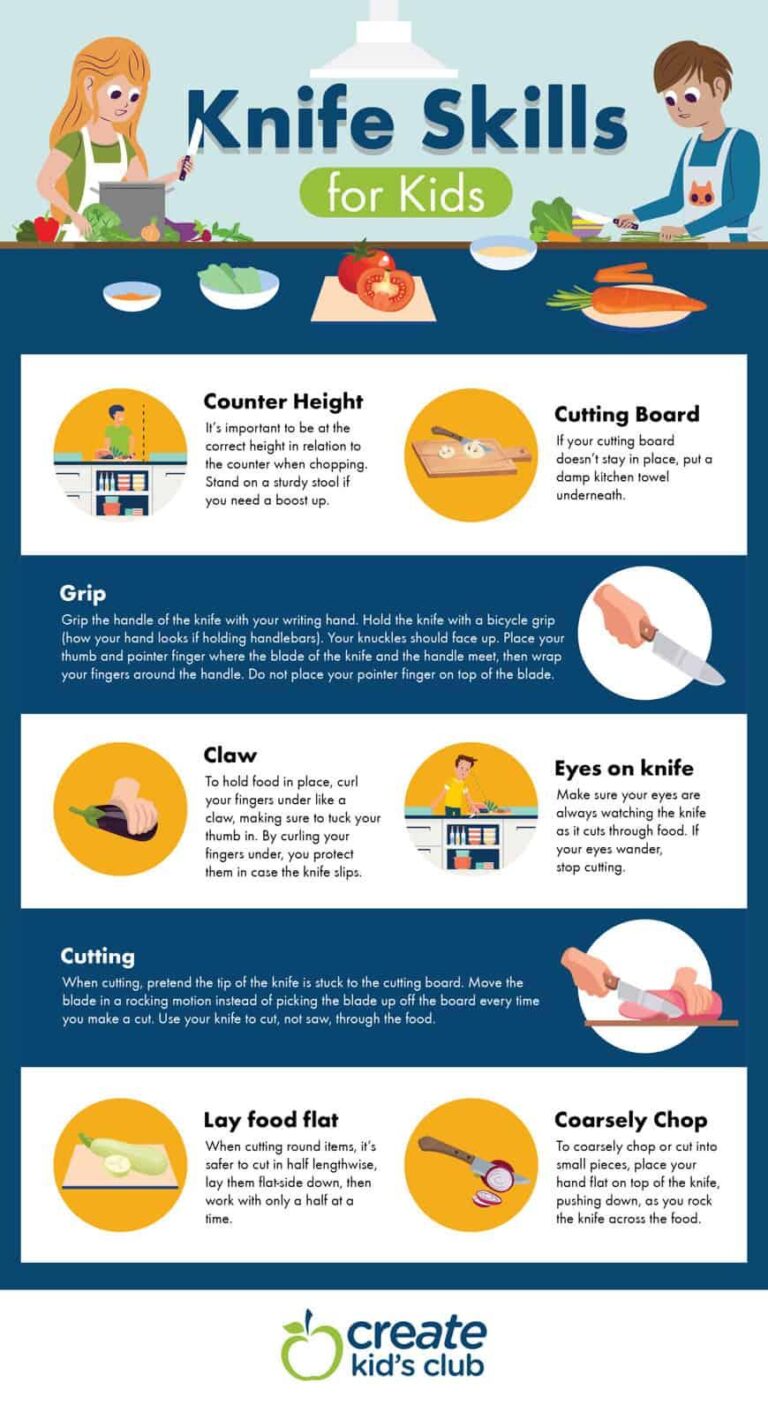Table of Contents
- Understanding the Fundamentals of Personal Safety for Children
- Building Confidence Through Role-Playing and Real-Life Scenarios
- Teaching Effective Communication and Assertiveness Skills
- Creating a Safety Plan and Reinforcing Safe Habits at Home and School
- Final Thoughts
Understanding the Fundamentals of Personal Safety for Children
Building a foundation of personal safety for children begins with teaching them to recognize and trust their instincts. Kids should learn that their feelings are important signals – if something feels wrong, they have every right to step away and seek help. Empowering children with basic knowledge about their bodies, boundaries, and the concept of “safe” versus “unsafe” touches reinvigorates their confidence in everyday situations. Key elements include:
- Understanding private parts and when to say “no”
- Identifying trusted adults they can approach
- Recognizing and avoiding potentially risky scenarios
- Learning to communicate openly about uncomfortable incidents
Consistency in reinforcing these lessons through interactive conversations and roleplay is crucial. By simulating real-life scenarios, children not only memorize safety rules but also develop quick thinking skills and the courage to act decisively under pressure. This approach fosters resilience-a vital trait that keeps kids from becoming passive when confronted with threats. Remember, safety education isn’t a one-time talk but an ongoing dialogue that evolves as your child grows and navigates new environments.
Building Confidence Through Role-Playing and Real-Life Scenarios
One of the most effective ways to empower children with safety skills is by engaging them in interactive role-playing exercises. These activities allow kids to practice how they might react in potentially unsafe situations, from approaching strangers to navigating emergencies like fires or getting lost in public places. By simulating real-life scenarios, children learn to recognize warning signs, practice verbal assertiveness, and build quick decision-making skills in a supportive environment. Incorporating playful yet practical scenarios not only makes safety lessons memorable but also boosts their self-assurance in applying what they’ve learned outside of the home.
To enhance the experience, parents and educators can use simple props and creative storytelling, encouraging kids to express their feelings and concerns. Try integrating the following elements during sessions:
- Role reversal, where children act as helpers or responders
- Practicing phrases like “No, thank you” or “I need help” confidently
- Discussing body language and the importance of maintaining strong, clear posture
- Debriefing after each scenario to discuss what went well and what to improve
Teaching Effective Communication and Assertiveness Skills
Clear communication is a cornerstone of personal safety. Teaching children how to express themselves confidently and clearly helps them set boundaries and seek help when needed. Role-playing scenarios where kids practice saying “no” firmly or asking for assistance can build their self-assurance. Encourage kids to use direct statements instead of vague or apologetic language, such as “Please stop” instead of “Um, could you maybe not…” This helps ensure their message is understood and respected. Also, emphasize the importance of using eye contact and calm, steady tones to reinforce their words.
Building assertiveness doesn’t mean encouraging aggression; it means empowering kids to advocate for themselves calmly and respectfully. Help children understand the balance between being firm and polite by discussing situations where they might need to stand their ground, like when a stranger approaches or when they feel uncomfortable. Highlight key skills through practice:
- Maintaining personal space and clear body language
- Using “I” statements to express feelings (“I don’t like that”)
- Recognizing when to seek help from trusted adults
- Practicing active listening to understand others clearly
By fostering these communication habits early, children develop the tools to navigate social interactions confidently, making it easier for them to stay safe and maintain control in difficult situations.
Creating a Safety Plan and Reinforcing Safe Habits at Home and School
Establishing a clear safety plan tailored to your child’s daily environments is essential for fostering confidence and security. Start by discussing with your child the different scenarios they might encounter both at home and at school. Outline simple, actionable steps they can take if they feel unsafe or unsure. For instance, identify trusted adults they can approach, such as teachers, school counselors, or family friends, and create easy-to-follow rules like “Never leave the playground without telling an adult.” Reinforce these steps consistently so they become second nature, using role-playing exercises or visual aids like charts and checklists that can be displayed in prominent places.
Consistency and reinforcement are key to embedding safe habits. Encourage open communication by regularly checking in on your child’s feelings and experiences, creating a judgment-free space for them to share their worries. Utilize positive reinforcement when they demonstrate safe behaviors and gently guide them through corrections when needed. Additionally, collaborate with educators to ensure safety education extends seamlessly into the classroom, creating a unified approach. Incorporating habits such as being aware of their surroundings, safe internet use, and what to do during emergencies will empower children to stand strong and act wisely in any situation.
Final Thoughts
Teaching kids safety skills is one of the most valuable investments we can make in their future. By equipping children with practical knowledge and confidence, we empower them to navigate the world more securely and stand strong in challenging situations. Remember, safety education is an ongoing conversation-one that grows and adapts as your child does. Whether it’s learning to recognize danger, understanding personal boundaries, or knowing when and how to ask for help, these lessons form a foundation of resilience that will serve them for a lifetime. Let’s continue to prioritize these essential skills, ensuring our children feel safe, confident, and supported every step of the way.Check Our Other Blogs
- StunGun – Your Trusted Source for Stun Guns, Laws, and Self-Defense Tips
- PepperSprayLaws – Your Trusted Resource for Pepper Spray Information
- StunGunLaws – Your Trusted Guide to Stun Gun Legality and Safety



